Yoga Breathing Tips for Improved Flexibility
Chosen theme: Yoga Breathing Tips for Improved Flexibility. Discover how strategic, calming breaths unlock range, reduce tension, and make every stretch safer, deeper, and more enjoyable. Try the mini flow, share your results in the comments, and subscribe for weekly breath-led guidance.

Why Breath Changes Flexibility: The Physiology
When the diaphragm glides fully on each breath, it massages the psoas and viscera while signaling safety through the vagus nerve. Nervous-system downshifting softens protective muscle guarding, so tissues yield gradually, allowing deeper, safer stretches without bracing or breath-holding.
Long, unhurried exhales improve carbon dioxide tolerance, easing chemoreceptor alarms that heighten stretch discomfort. With lower perceived threat, your brain releases guarded ranges, letting you linger slightly longer in poses while sensation transforms from sharp resistance into warm, sustainable length.
Nasal breathing adds gentle resistance and preserves moisture, increasing nitric oxide that supports vasodilation. Improved circulation and temperature help hydrate fascial layers, so sticky tissues glide. Before you pull harder, space arrives simply because your breath prepared the landscape thoughtfully.
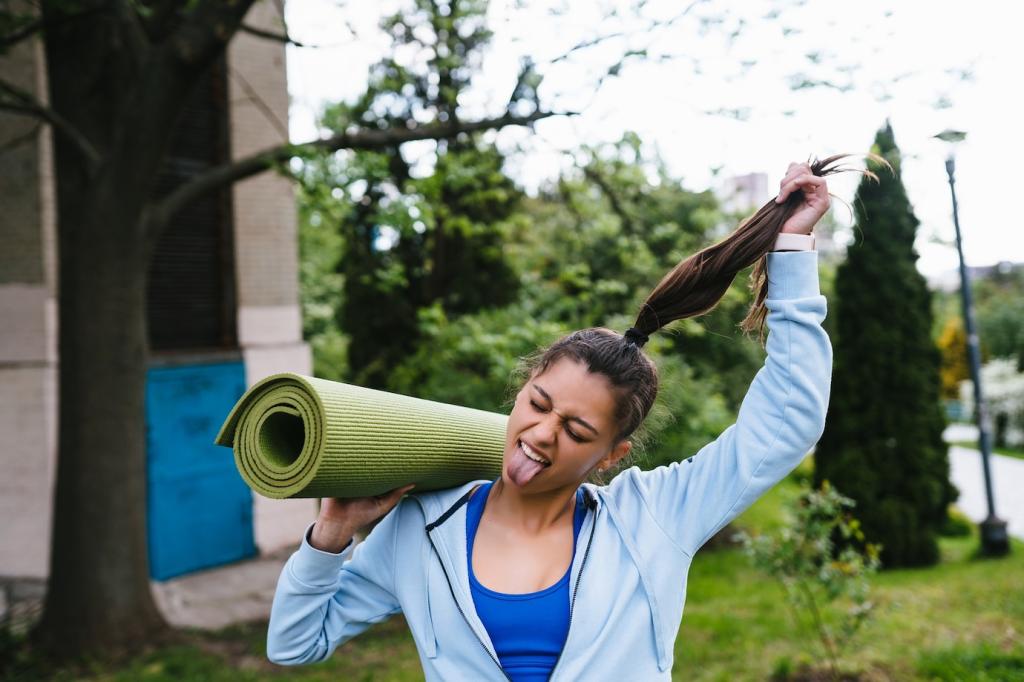
Ujjayi with Lengthened Exhale
Create a soft oceanic whisper in your throat and extend the exhale to nearly twice the inhale. This rhythm activates calm, melts subtle gripping around hamstrings and hips, and steadies your mind so alignment and depth improve together without strain or forcing.
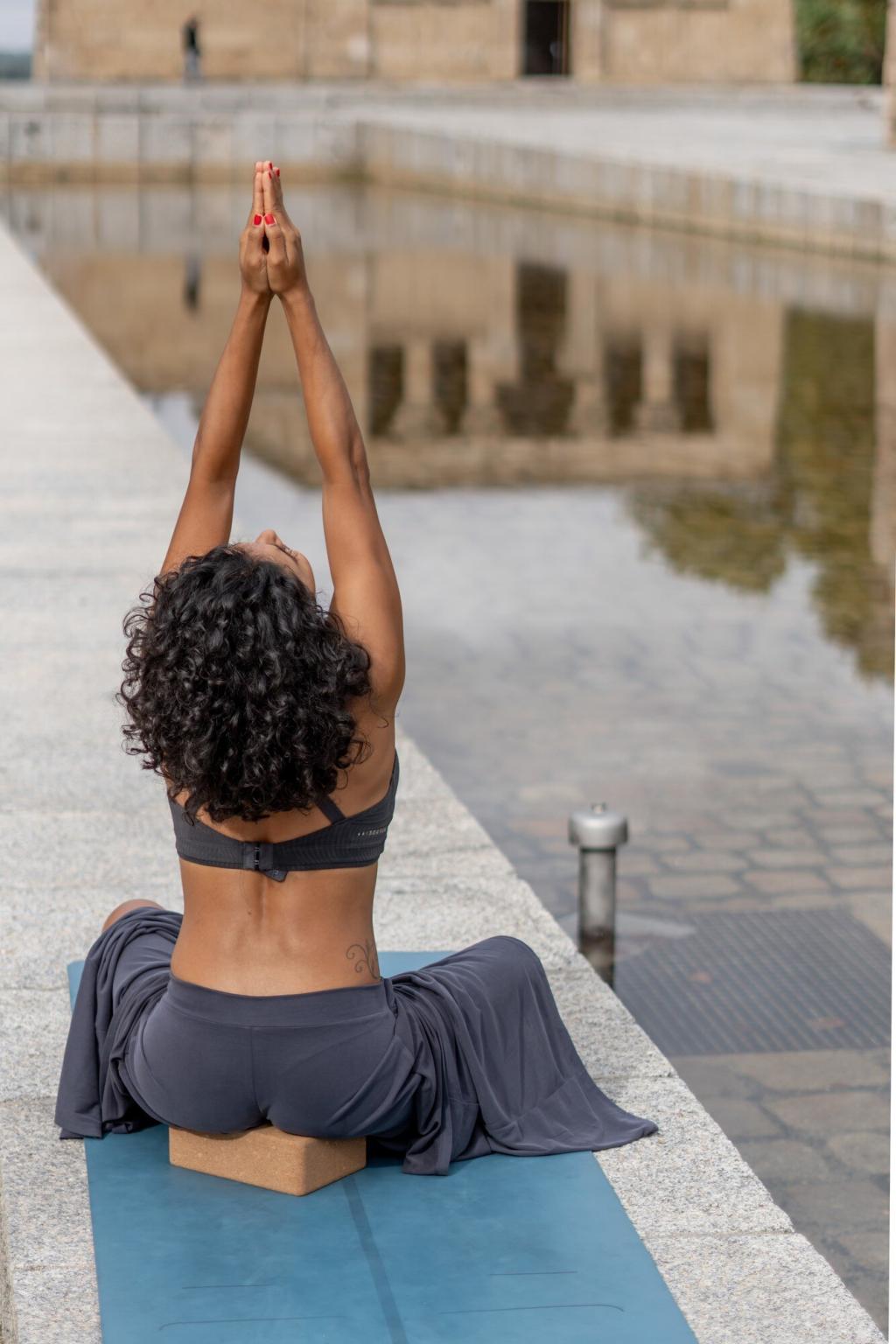
Box Breathing Adapted for Holds
Try a 4‑4‑6‑0 pattern: inhale four, pause four, exhale six, no post-exhale hold. The brief pause clarifies awareness, while the longer exhale coaxes length across stubborn lines, especially during static holds like lizard, half splits, or reclined twists.
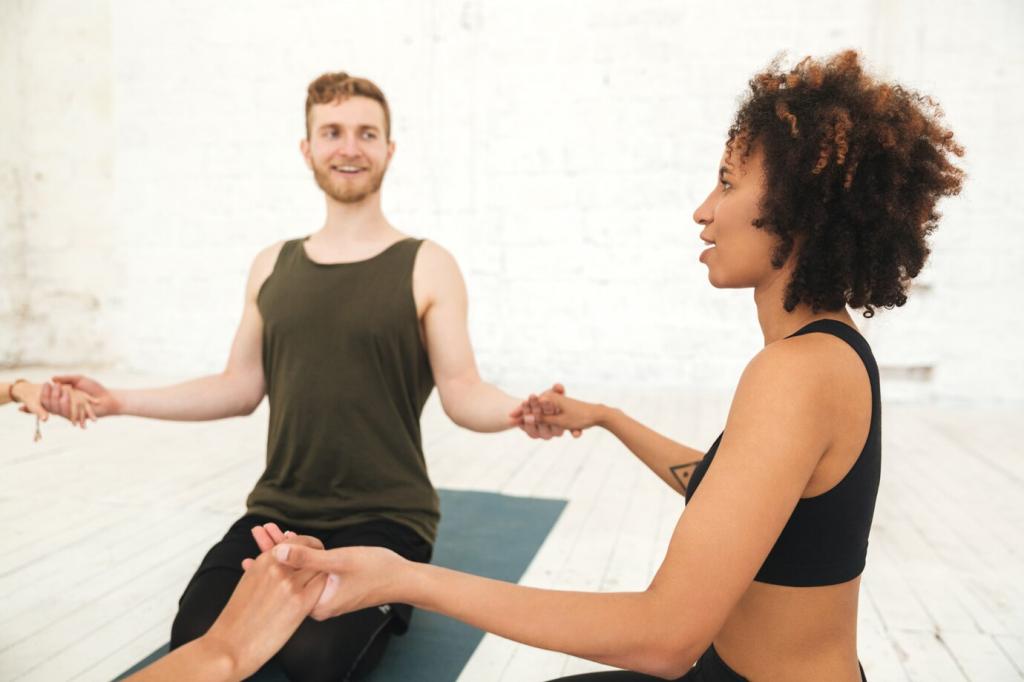
Wave Breathing in Side Bends
Guide breath like a wave: lower ribs, mid ribs, collarbones on the inhale; reverse on the exhale. This three-part flow nourishes lateral fascial trains, easing side bends and intercostal tightness while keeping shoulders spacious, relaxed, and mobile with each patient cycle.
A 10‑Minute Breath-Led Flexibility Flow
Spend two mindful minutes with cat–cow. Inhale to a comfortable four on cow, exhale to six on cat. Move exactly as slowly as your breath, letting the spine warm, segments articulate, and the nervous system settle into cooperative, flexible readiness.
A 10‑Minute Breath-Led Flexibility Flow
From tabletop, step the right foot forward into a low lunge. Maintain gentle Ujjayi. Inhale to lengthen, exhale longer to draw lower ribs inward. After five cycles, switch sides, noticing psoas release arriving without forceful pushing, gripping, or collapsing into joints.
A 10‑Minute Breath-Led Flexibility Flow
Sit tall in dandasana, hinge from hips, and add a soft humming exhale to naturally prolong breath out. The vibration soothes neck and jaw, reduces guarding, and helps hamstrings lengthen while your lumbar spine stays supported and your mind remains calmly attentive.
Avoid These Mistakes When Using Breath for Flexibility
Holding your breath spikes pressure and invites bracing, especially in twists. Instead, initiate rotation only on long, smooth exhales, and slightly ease on inhales. Your spine receives a gentle spiral rather than a stubborn wrench, keeping discs and ligaments happier.
Overly forceful exhales can stimulate the sympathetic system and make you dizzy. Favor steady, feather-light streams. If effort rises, shorten range, regain smoothness, and let comfort build flexibility rather than chasing intensity that your body interprets as threat.
Big sensation often seduces, but alignment and breath quality matter more. If your exhale turns choppy or facial tension creeps in, you have crossed your edge. Step back, reestablish rhythm, and watch authentic, sustainable range quietly return.

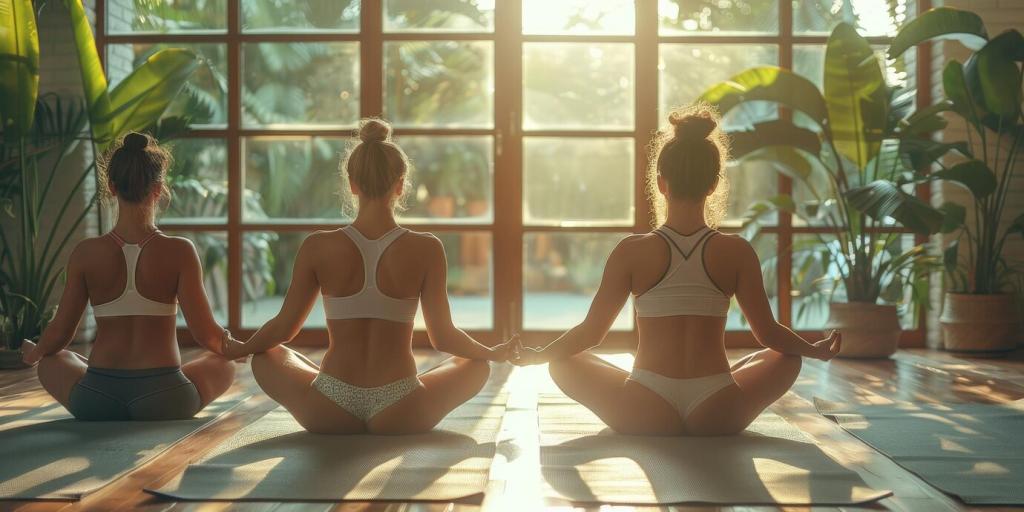

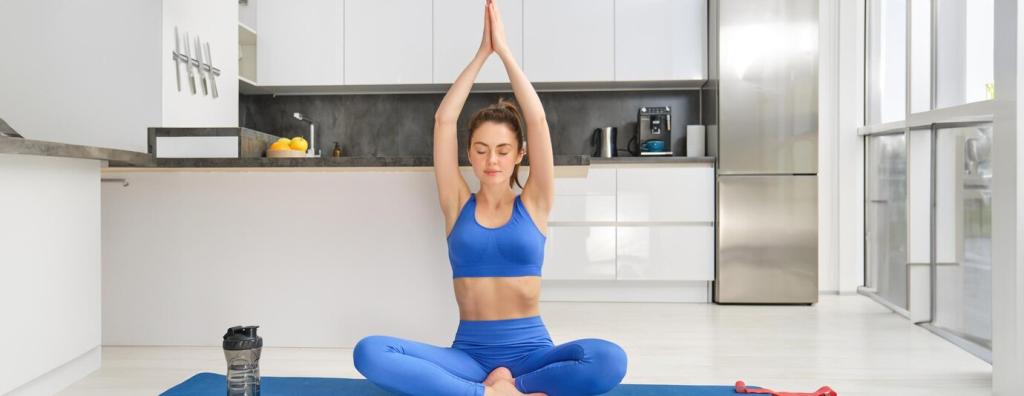
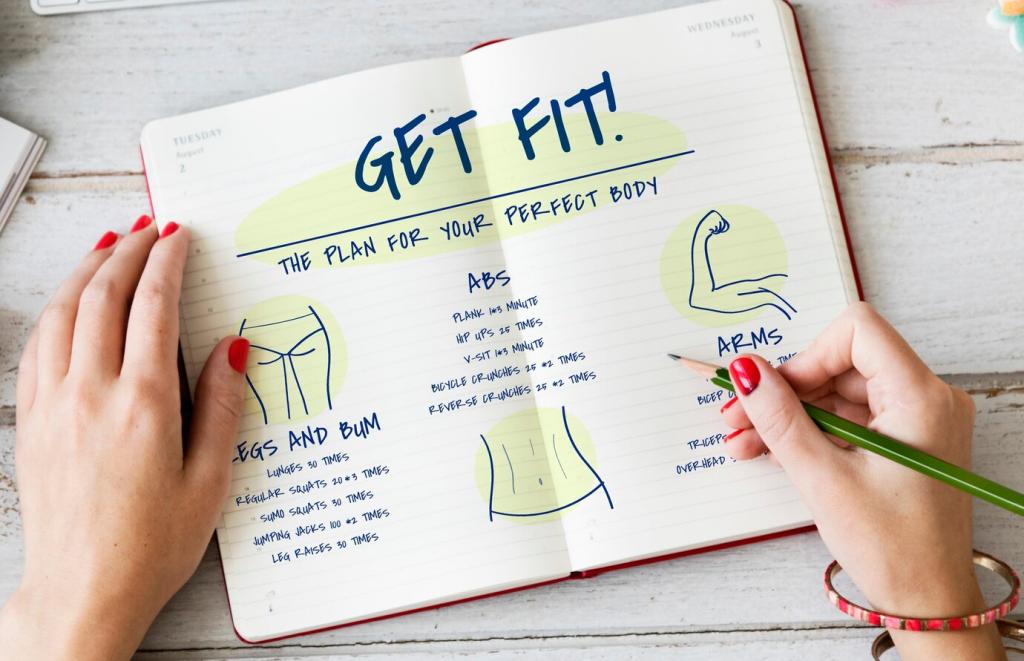
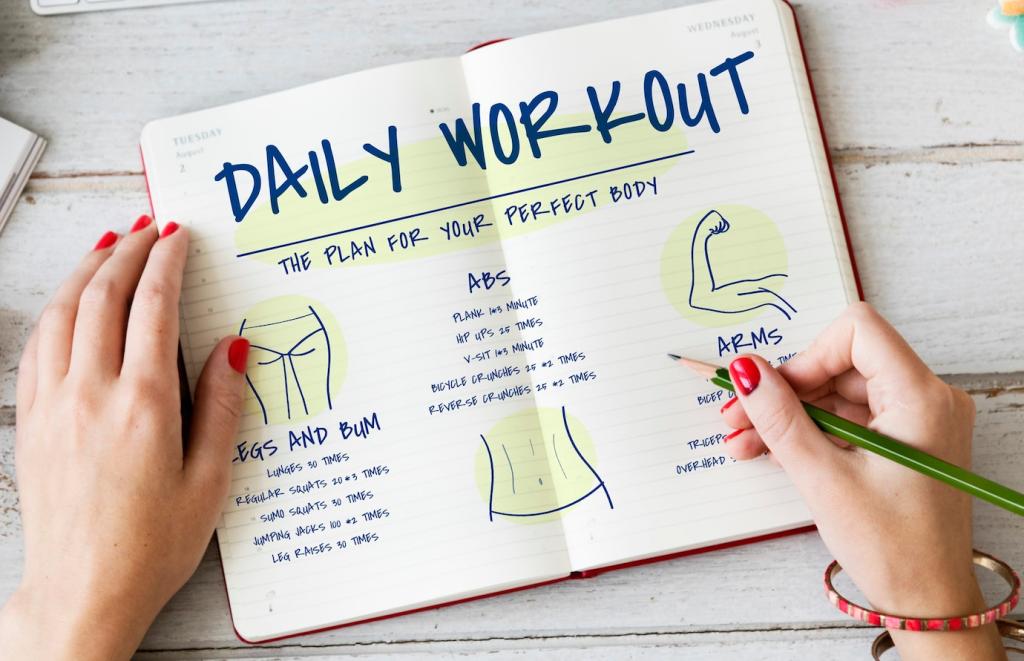
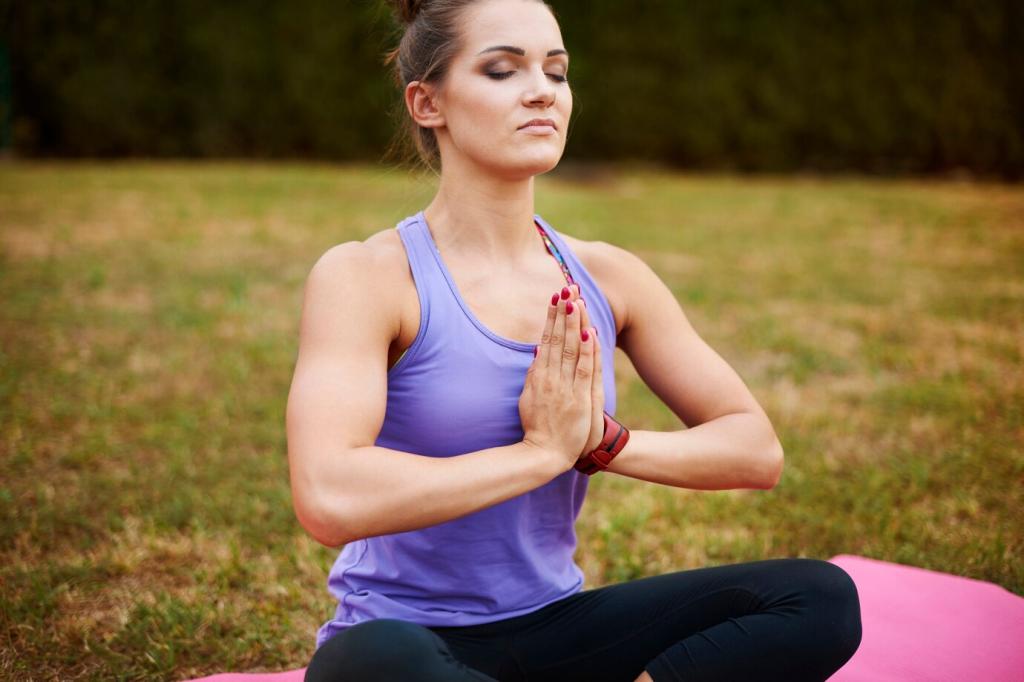
Join In: Subscribe and Share Your Breath-Flexibility Wins
Take the 7-Day Breath-and-Flex Challenge
Commit to ten daily minutes using the flow above. Comment your Day 1 baseline photos or measurements and Day 7 progress. Your update keeps you accountable and inspires someone else to keep breathing consistently alongside you.
Post Your Before/After Range
Share a respectful comparison and describe your breathing pattern during poses. Tag our community so we can celebrate, answer questions, and suggest pose–breath pairings tailored to your tightest regions and evolving flexibility goals.
Subscribe for Weekly Breath Tips
Subscribe for new breathing sequences, science-backed explainers, and flexibility-friendly flows. Hit subscribe, request future topics, and invite a friend who needs calmer, kinder stretches starting this week. Let’s grow flexible, one exhale at a time.

